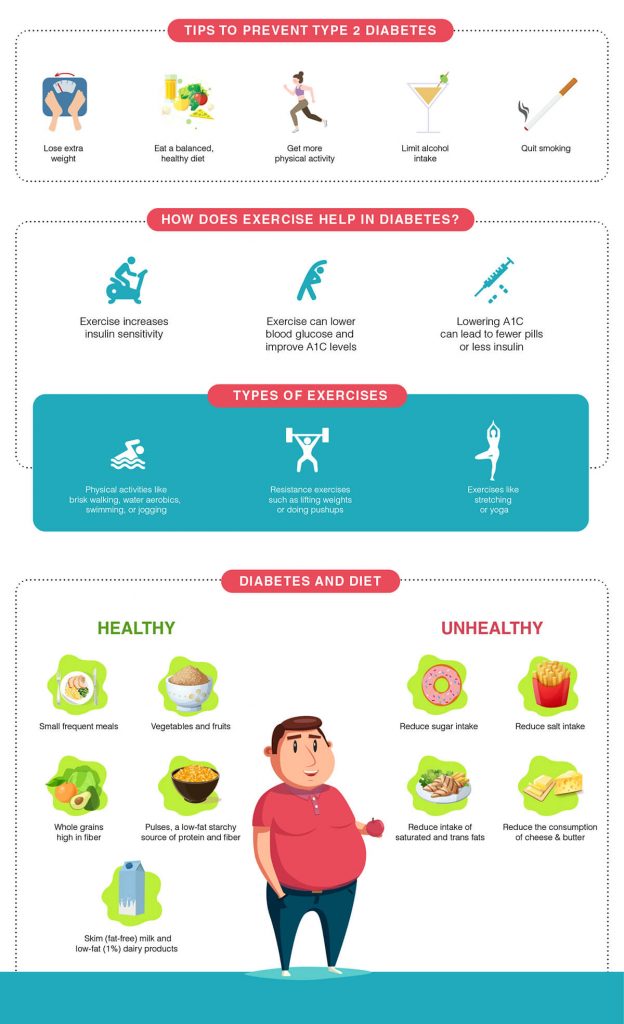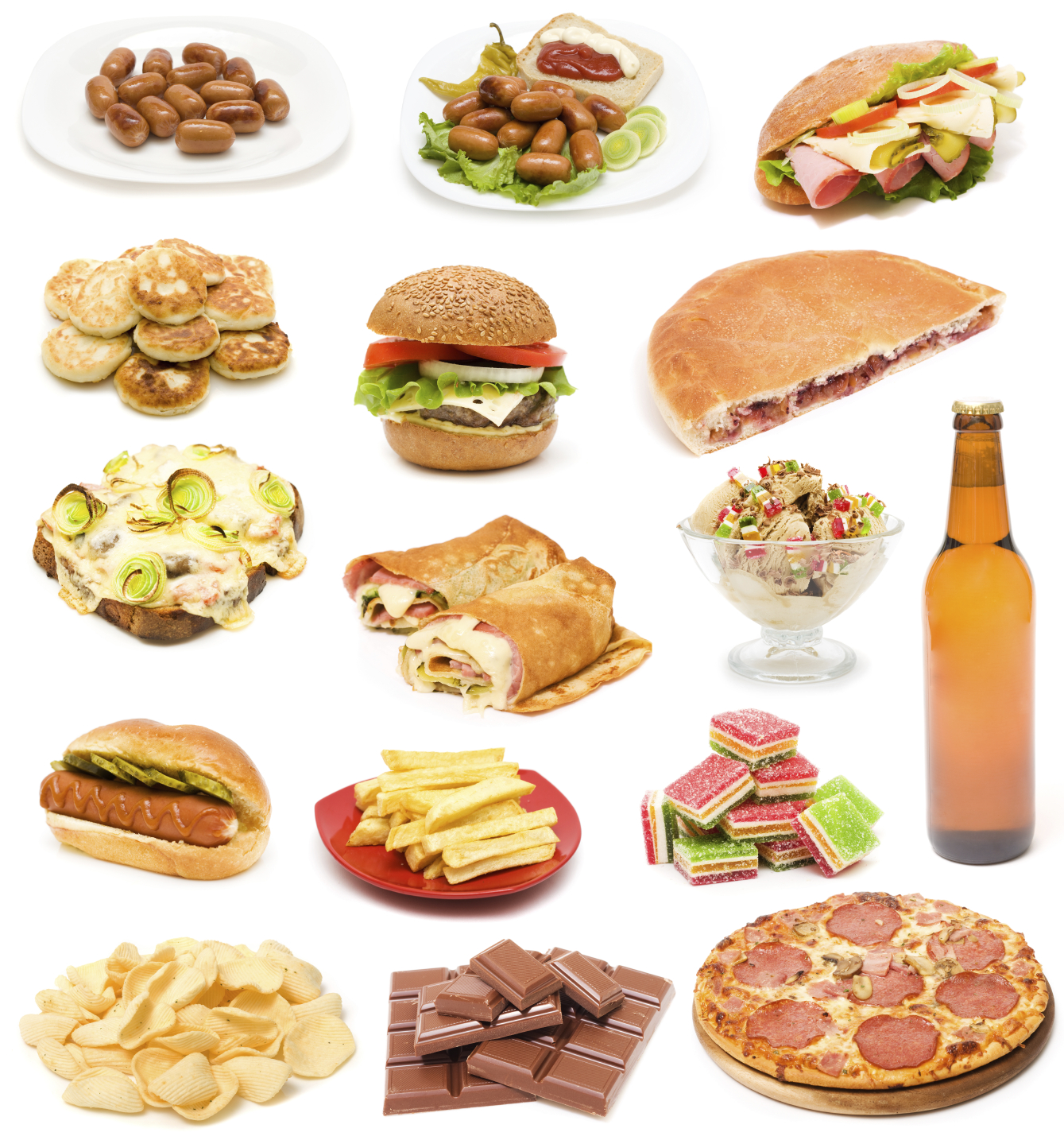43 what are trans fats called on labels
diabetes.org › recipes-nutrition › eating-wellFats | ADA - American Diabetes Association Trans fats are listed on the Nutrition Facts label, making it easier to identify these foods. However, keep in mind that if there isn’t at least 0.5 grams or more of trans fat in a food, the label can claim 0 grams. To avoid as much trans fat as possible, you should read the ingredients list on food labels. Look for words like hydrogenated ... en.wikipedia.org › wiki › Trans_fatTrans fat - Wikipedia Trans fat, also called trans-unsaturated fatty acids, or trans fatty acids, is a type of unsaturated fat that naturally occurs in small amounts in meat and milk fat. It became widely produced as an unintentional byproduct in the industrial processing of vegetable and fish oils in the early 20th century for use in margarine and later also in snack food, packaged baked goods, and for frying fast ...
medlineplus.gov › ency › patientinstructionsDietary fats explained: MedlinePlus Medical Encyclopedia Jul 13, 2020 · Trans fatty acids are unhealthy fats that form when vegetable oil goes through a process called hydrogenation. This leads the fat to harden and become solid at room temperature. Hydrogenated fats, or "trans fats," are often used to keep some foods fresh for a long time. Trans fats are also used for cooking in some restaurants.
What are trans fats called on labels
Trans fat - Wikipedia Trans fat, also called trans-unsaturated fatty acids, or trans fatty acids, is a type of unsaturated fat that naturally occurs in small amounts in meat and milk fat. It became widely produced as an unintentional byproduct in the industrial processing of vegetable and fish oils in the early 20th century for use in margarine and later also in snack food, packaged baked goods, and for … › types-of-fats-guideThe 4 Types of Fats, Explained - Real Simple Mar 04, 2021 · Therefore, while food companies are reducing the amount of trans fat in their products, a number of foods still contain artificial trans fats. The most common sources of trans fats include commercially-produced cakes, pies, frosting, creamy fillings, fried foods, and cookies made with shortening or hydrogenated fat. Fatty cuts of meat and full ... Benefits of the Danish transfat ban for coronary heart disease ... 18.08.2022 · But I don't think there are any dangers to poly unsaturated fats other than them easily turning into trans fats, so as long as factories are banned from making them into trans fats it should be fine. Or really the opposite, poly unsaturated fats are the healthiest fats, omega 3 and omega 6 and so on belongs to this group, just be sure to treat it carefully and don't let it …
What are trans fats called on labels. Dietary fats explained: MedlinePlus Medical Encyclopedia 13.07.2020 · Trans fatty acids are unhealthy fats that form when vegetable oil goes through a process called hydrogenation. This leads the fat to harden and become solid at room temperature. Hydrogenated fats, or "trans fats," are often used to keep some foods fresh for a long time. Trans fats are also used for cooking in some restaurants. They can raise ... 5 Ways to Avoid Hydrogenated Oil - Healthline 16.08.2022 · Hydrogenation is a process in which a liquid unsaturated fat is turned into a solid fat by adding hydrogen. It's best to avoid foods with hydrogenated oil … › health › ways-to-avoid5 Ways to Avoid Hydrogenated Oil - Healthline Aug 16, 2022 · According to the U.S. Food and Drug Administration (FDA), a company can label a food free of trans fats if the actual content is 0.5 grams per serving or less. This isn’t the same as 0 grams ... › trans-fat › art-20046114Trans fat is double trouble for heart health - Mayo Clinic Feb 23, 2022 · Unlike other dietary fats, trans fats — also called trans-fatty acids — raise "bad" cholesterol and also lowers "good" cholesterol. A diet laden with trans fats increases the risk of heart disease, the leading killer of adults. The more trans fats eaten, the greater the risk of heart and blood vessel disease.
Fats | ADA - American Diabetes Association Trans fats are listed on the Nutrition Facts label, making it easier to identify these foods. However, keep in mind that if there isn’t at least 0.5 grams or more of trans fat in a food, the label can claim 0 grams. To avoid as much trans fat as possible, you should read the ingredients list on food labels. Look for words like hydrogenated ... Trans fat is double trouble for heart health - Mayo Clinic 23.02.2022 · Unlike other dietary fats, trans fats — also called trans-fatty acids — raise "bad" cholesterol and also lowers "good" cholesterol. A diet laden with trans fats increases the risk of heart disease, the leading killer of adults. The more trans fats eaten, the greater the risk of heart and blood vessel disease. The 4 Types of Fats, Explained - Real Simple 04.03.2021 · Trans Fats . The worst type of dietary fat are trans fats, which are a byproduct of a process called hydrogenation that is used to turn healthy oils into solids and prevent them from becoming rancid. Trans fat has no known health benefits and there is no safe level of consumption, which is why it has been officially banned in the United States ... Ask the Expert: Concerns about canola oil - The Nutrition Source 13.04.2015 · The table below summarizes the content of trans-fatty acids found in a number of oils. [4] In both canola oil and soybean oil, trans-isomers of linoleic acid have been found to account for 0.2-1.0% of total fatty acids, while trans-isomers of linolenic acid may total as much as 3%. [5] Linolenic acid isomerizes with heat about 12-15 times ...
Consumer Updates | FDA - U.S. Food and Drug Administration 28.07.2022 · The site is secure. The https:// ensures that you are connecting to the official website and that any information you provide is encrypted and transmitted securely. en.wikipedia.org › wiki › FatFat - Wikipedia Another 2010 analysis however found only 0.2% of trans fats in margarine and other processed spreads. Up to 45% of the total fat in those foods containing man-made trans fats formed by partially hydrogenating plant fats may be trans fat. Baking shortenings, unless reformulated, contain around 30% trans fats compared to their total fats. High ... Fat - Wikipedia While these trans fatty acids (popularly called "trans fats") are edible, they have been implicated in many health problems. ... It has been established that trans fats in human breast milk fluctuate with maternal consumption of trans fat, and that the amount of trans fats in the bloodstream of breastfed infants fluctuates with the amounts found in their milk. In 1999, reported percentages … Benefits of the Danish transfat ban for coronary heart disease ... 18.08.2022 · But I don't think there are any dangers to poly unsaturated fats other than them easily turning into trans fats, so as long as factories are banned from making them into trans fats it should be fine. Or really the opposite, poly unsaturated fats are the healthiest fats, omega 3 and omega 6 and so on belongs to this group, just be sure to treat it carefully and don't let it …
› types-of-fats-guideThe 4 Types of Fats, Explained - Real Simple Mar 04, 2021 · Therefore, while food companies are reducing the amount of trans fat in their products, a number of foods still contain artificial trans fats. The most common sources of trans fats include commercially-produced cakes, pies, frosting, creamy fillings, fried foods, and cookies made with shortening or hydrogenated fat. Fatty cuts of meat and full ...
Trans fat - Wikipedia Trans fat, also called trans-unsaturated fatty acids, or trans fatty acids, is a type of unsaturated fat that naturally occurs in small amounts in meat and milk fat. It became widely produced as an unintentional byproduct in the industrial processing of vegetable and fish oils in the early 20th century for use in margarine and later also in snack food, packaged baked goods, and for …
Trans Fat Is Hiding In Your Food Despite '0 Trans Fat' Labeling: Stick To Real Food For Your ...










Post a Comment for "43 what are trans fats called on labels"